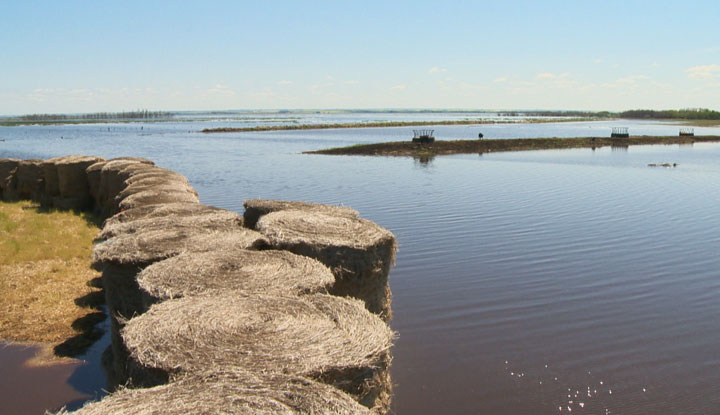The Saskatchewan Water Security Agency (WSA) continues to forecast a below normal spring runoff for the majority of the province.

In its latest report, released Wednesday, the WSA said the far north and most of southern Saskatchewan are expected to have a below normal snow runoff.
Officials said while snowpack levels are now close to normal levels over southern parts of the province, dry conditions in the summer and fall of 2018 are lowering the runoff potential.
Well below runoff is forecast for an area extending from the upper end of Lake Diefenbaker east towards Leross.
The agency said the area was quite dry during 2018 and has a below normal snowpack.
This could create some agricultural water supply problems in 2019 if conditions don’t improve, the WSA noted.
The most recent Canadian Drought Monitor data classifies the area between Regina and Saskatoon as severe drought.
World Weather Inc. meteorologist Drew Lerner said areas that have the biggest dryness issue are the areas that had the lightest and least amount of snow early in the season, and have the greatest depth of frost in the ground.
Near normal runoffs are currently forecast for central regions, there is an area west of Prince Albert that could have above normal runoff.
WSA said the area, stretching to Lloydminster and Cold Lake, had wetter conditions at freeze-up and an above normal snowpack, but flooding conditions are currently not likely to occur.
The agency said runoff potential could change, but based on current conditions, well above normal snowfall would be required before there is a chance of flooding concerns.
It added water supplies at major reservoirs are expected to be adequate in 2019, and recreations lakes should be at desirable summer operating levels.
-With files from The Canadian Press



Comments